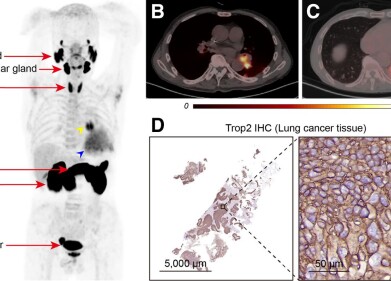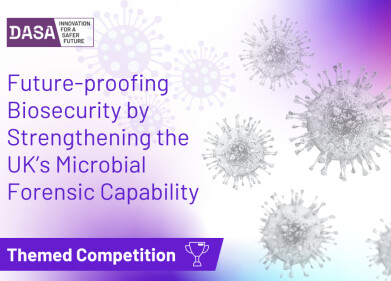News & views
Putting parasites on the world map
Jul 29 2012
By using new sequencing technologies and informatics researchers have been able to identify hotspots of malaria parasite evolution and track the rise of malarial drug resistance by analysing malaria genomes straight from patient blood samples. A study* of clinical samples from six countries has uncovered unique differences in malaria development in Africa, Asia and Oceania.
Severe forms of malaria infection are caused by the parasite Plasmodium falciparum, which is spread by mosquitoes. Malaria infects over 200 million people and kills approximately 600,000 people every year, primarily children under the age of five in sub-Saharan Africa.
“One of the most striking features of P. falciparum is its ability to evolve, and overcome anti-malarial drugs. Chloroquine has become ineffective against malaria, and resistance to the other frontline drugs is emerging,” says senior author of the study Professor Dominic Kwiatkowski, of the Wellcome Trust Sanger Institute and Oxford University. “If we want to control resistance, we first need to be able to monitor the genetic diversity of P. falciparum and identify hotspots of potential resistance as they occur. Rapid sequencing of parasite genomes from the blood of infected people is a powerful way of detecting changes in the parasite population, and potentially an important new surveillance tool in the armamentarium for controlling malaria.”
The research team developed a new technique to extract the parasite P. falciparum DNA directly from blood while removing as much human DNA from the sample as possible; sequence data was then used to create a list of single DNA letter changes (SNPs), which can be reliably identified in the gene-rich areas of the genome. These SNPs allow the discovery and measurement of variability in natural parasite populations.
“We catalogued approximately 86,000 SNPs in the parasite genome that allow us to pinpoint differences between parasites around the world, a starting point for understanding how these populations adapt to changes in their environment.” says Dr Magnus Manske, co-first author from the Sanger Institute.
Dr Olivo Miotto from the Sanger Institute and Oxford University, also a co-first author, adds: “Many malaria patients, especially in Africa, are continually infected by malaria parasites, and we have created a new tool for studying the genetic diversity within a single patient, and compare it to the diversity in their environment.”
“The emergence and spread of anti-malarial drug resistance is a major threat to current global initiatives to control and eliminate malaria” says Professor Nick White of Oxford University and Mahidol University, Thailand. “This research provides fundamental insights into the population structure and evolution of Plasmodium falciparum that are essential if we are to identify, map, and then contain spreading resistance. Working as a global community, we can now build on this technique to identify hotspots of antimalarial drug resistance around the world and contain them effectively.”
Ref:*Magnus Manske, Olivo Miotto et al (2012) Analysis of Plasmodium falciparum diversity in natural infections by deep sequencing. Nature, June 13.
Digital Edition
Lab Asia 31.6 Dec 2024
December 2024
Chromatography Articles - Sustainable chromatography: Embracing software for greener methods Mass Spectrometry & Spectroscopy Articles - Solving industry challenges for phosphorus containi...
View all digital editions
Events
Jan 22 2025 Tokyo, Japan
Jan 22 2025 Birmingham, UK
Jan 25 2025 San Diego, CA, USA
Jan 27 2025 Dubai, UAE
Jan 29 2025 Tokyo, Japan



















